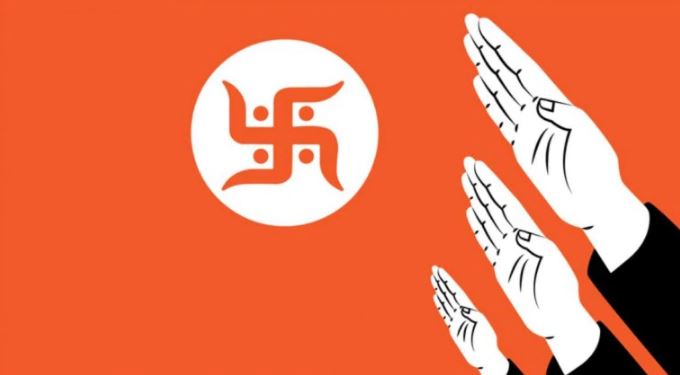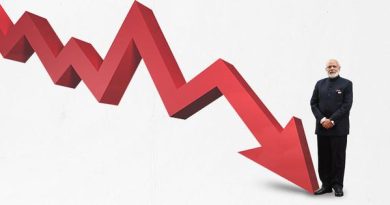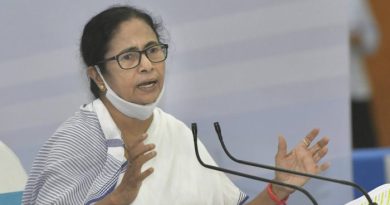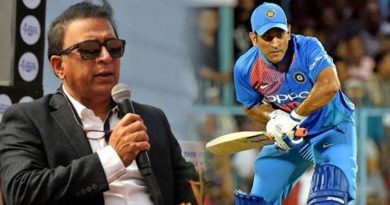Predicting India’s future on its way to new Hindu republic
Fast forward to the India Today issue of December 2029 reviewing a tumultuous decade in Indian politics. A 79-year-old Narendra Modi has been elected for a fourth consecutive term and, this time, imperiously, is planning a move to Rashtrapati Bhavan. The Constitution has been amended to create a presidential form of government, and the electoral system has undergone a drastic change. Supervising the makeover is Amit Shah, deputy prime minister for the past five years. Simultaneous Lok Sabha and state assembly elections have been held, but ultimate power vests in the office of a directly elected president. Other constitutional changes have seen the word secularism’ being dropped from the Constitution: India is now unofficially a Hindu Republic. And then, suddenly, just as the decade draws to a close, there is a popular revolt: a widespread demand for the withdrawal of the president-for-life order. Under pressure, the all-powerful political strongman relents: the constitutional changes are rolled back, fresh elections to a duly elected Parliament are ordered.
Fantasy? Yes. Totally unimaginable? No. Just rewind now to the reality of December 2009. The BJP has just been decimated, ending up with almost a hundred seats less than the No. 1 party, the Congress. L.K. Advani looks tired, Vajpayee has retired and there seems no immediate hope for recovery. The Congress-led UPA seems to have a semi-permanent stranglehold over power and the country appears to have decisively rejected the politics of the Hindu Right. As Gujarat chief minister, Narendra Modi is stereotyped as a divisive regional satrap who is unsuited for the age of coalition politics at the Centre. It’s all over, it seems: obituaries of the BJP are being freely written and the search is on for a new’ oppositional force. How wrong the political pundits were: the white-bearded regional boss of 2009 is the 2019 unquestioned Big Boss of Indian politics, a polarising political figure, but also an alluring mascot of dramatic change and disruption who has systematically targeted the Nehruvian order.
Ten years on. The next decade. How do you predict anything with any certitude in the turbulent universe of Indian politics where 12 hours are often enough to shift power equations (if you think that’s an exaggeration, do consider Devendra Fadnavis and Ajit Pawar’s recent Maharashtra gambit)? Don’t forget that the BJP, which controlled 71 per cent of the country in March 2017, now rules less than half that land mass. Which is why it is perhaps safer to focus on the big picture rather than be trapped in the 24×7 whirl of a news cycle. If the past decade has seen the Indian polity take a sharp turn to the right, the next one could see this trend being further cemented. The BJP may suffer the odd electoral defeat in state elections, but the ideology of political Hindutva will remain an overriding narrative. More than one generation has been bombarded with coarse anti-Muslim propaganda and the country’s expanding middle class, in particular, has rediscovered its Hindu roots’. By 2024, an imposing Ram temple complex would be up in Ayodhya, and lines between state and religion would be totally blurred. Kashi and Mathura would have been handed over to an RSS-VHP-sponsored trust and work begun to renovate these two holy sites too. A special task force and ministry would be in place for cow protection nationwide. Minority institutes will be denied state funding and there will be a clear attempt to homogenise the education system.
But by 2029, there are fissures too in the gargantuan Hindu Rashtra project. The nation’s periphery is on the boil: an attempt to capture’ Pakistan-occupied Kashmir has not succeeded. A US-mediated truce forces India and Pakistan to accept both sides of the Kashmir divide as a single entity with semi-autonomous status. In Nagaland, there are renewed secessionist demands while other parts of the Northeast see a fresh eruption of ethnic conflicts, fuelled by concerns over the shifting demographic patterns in the region. A coercive state finds it hard to stamp its authority on local antagonisms.
The north-south divide further widens in the course of a decade of confrontational politics. The Hindi-Hindu-Hindustan’ battle-cry breeds anger and resentment. The unilateral declaration of a presidential system by the BJP leadership in Delhi sees at least four southern states demand a referendum on the issue. Regional identities see an assertion of nativist sub-nationalisms with even greater vigour: an alliance of southern chief ministers threatens to walk out of centrally-mandated projects unless there is a greater share of revenue for the high-performing states.
While the BJP remains party No. 1 by holding on to the more populous states of the north and its base in the west, there are signs that the one leader, one party, one nation project is subject to diminishing returns. Modi remains popular, but the politics of populist nationalism is now being challenged by those who feel troubled by economic anxiety and social upheaval. The defiance isn’t coming so much from an enfeebled traditional political class: the Congress, in particular, remains trapped in a ubiquitous high command dynastic culture. Between 2020 and 2029, the Congress undergoes three splits, Rahul Gandhi has thrice resigned and returned, his sister Priyanka is the party’s working president. This is still a party living in sepia-tinted nostalgia, disconnected from the urges of a meritocratic, new’ India.
Instead, it is civil society groups who have come together to warn against autocratic tendencies: large street protests have been ruthlessly crushed by a police state, but networks of enlightened professionals, unemployed youth, distressed farmers and marginalised communities, operating effectively in a hyper-digitalised ecosystem, are not giving up. A new political force representing these groups has emerged as the main opposition in the country, offering a distinct democratic challenge to the prospect of an elected autocracy and forcing a pushback.
Which is also why fears of India 2029 being a country ruled by presidential diktat, a modern-day Hindu Caliphate, a mirror image of Erdogan’s Turkey now, need to be weighed against the reality of a country where a million mutinies are always bubbling beneath the surface. To an external observer, democracy may seem to be in recession. The Supreme Court may have surrendered its magisterial autonomy. The media may have lost its moral compass. Parliament may have been reduced to a notice-board. But never underestimate the capacity for resistance from unexpected quarters: it could come from campuses in ferment or farmers in anguish. Or, as the events of December 2019 have shown, just from ordinary Indians who may see the CAA, NRC, NPR as different variants of a complicated political vocabulary, but who are determined to make their voices heard. Rewind to 1977 and Jayaprakash Narayan’s rousing anti-Emergency slogan: Sinhasan khali karo ki janata aati hai (Leave the throne, the people are coming)’. There is no JP-like moral force on the horizon today but who knows what another decade of intense political disruption and dictatorial impulses could throw up.




